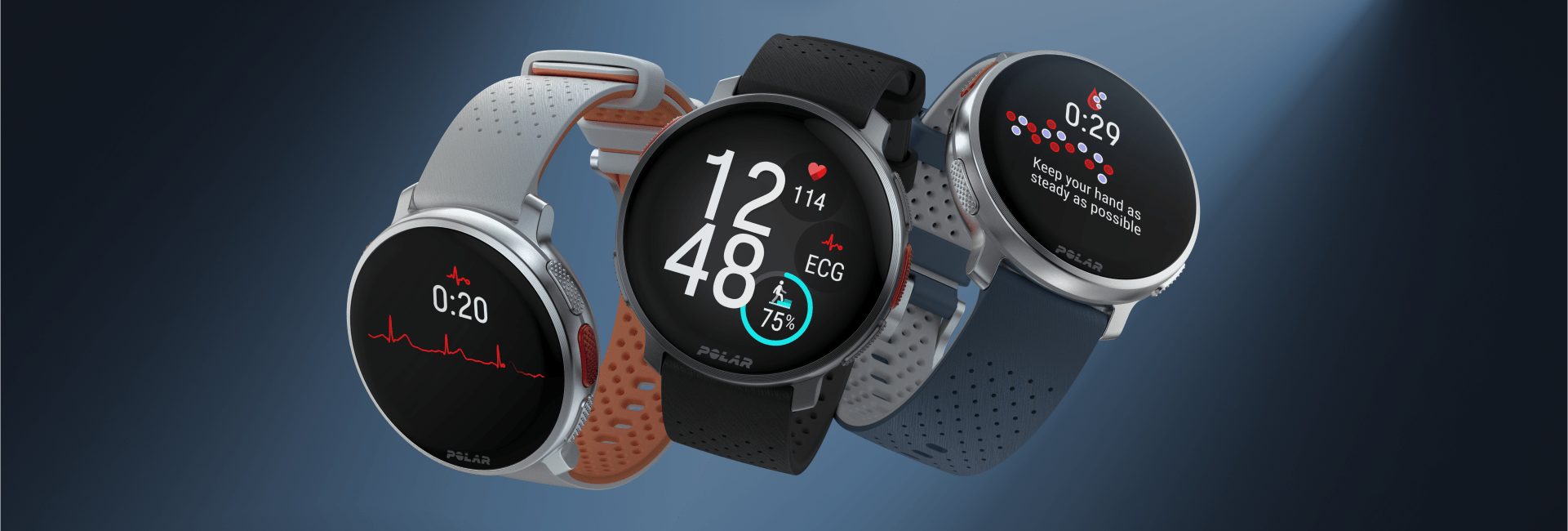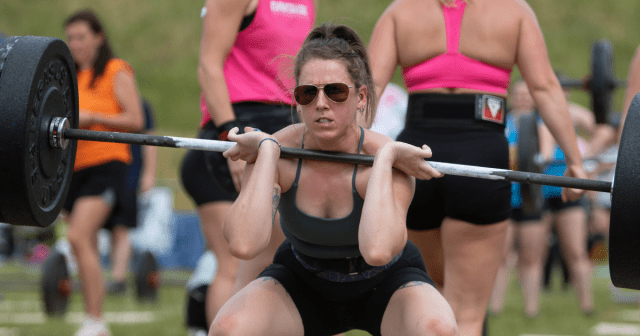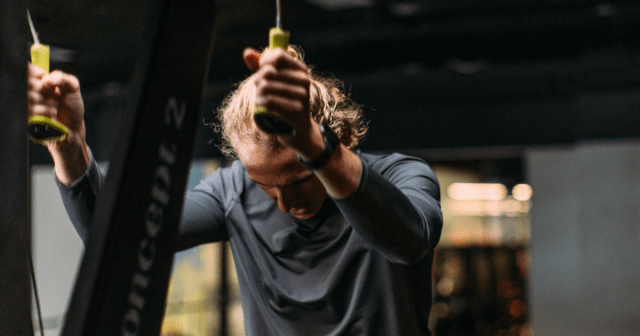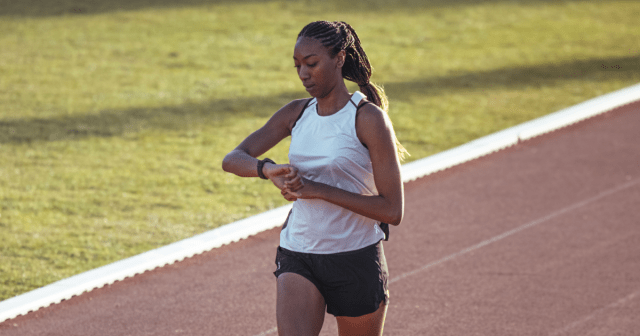You lace up your sneakers, ready to conquer your workout. But as you step outside, a wave of heat hits you. Suddenly, that post-workout glow you crave seems miles away. You’re left wondering if training is a good idea in these conditions. Is it safe? And exactly how does exercise affect body temperature?
Well, did you know you have an internal thermostat in the part of the brain called the hypothalamus? That’s what helps your body maintain a specific temperature range, usually around 37°C (98.6°F). When you exercise, your muscles burn energy, generating more heat. Think of it as your body’s engine overheating. And when you work out in warmer conditions, you’re creating a real challenge for your internal thermostat.
But how hot is too hot when it comes to exercise? The ideal temperature for a workout really depends on you and the activity. Cooler temperatures are generally more comfortable and allow your body to regulate heat more efficiently. However, everyone has a different tolerance for heat, so listen to your body.
As you’ll see in the following sections, we’ll delve deeper into the science of staying cool during exercise. We’ll explore how to dress for success, why hydration is critical, and how to listen to your body’s signals to ensure your workouts are safe and enjoyable and leave you feeling energized and not overheated. So, grab your water bottle, put on some breathable clothes, and let’s get ready to beat the heat and conquer your next workout.
Why monitor body temperature while working out?
Sometimes, your body can struggle to keep up with the heat you’re generating, especially if you’re going for a run on a scorching day or doing a super intense workout. That’s when overheating becomes a concern.
So, how does exercise affect your body temperature? When you exercise, your engine works hard, burning fuel and creating heat. Usually, you sweat to cool down, releasing excess heat through your skin. But if you push it too much, especially in hot environments, your internal thermostat can get overwhelmed.
So, what happens when things get too toasty during exercise? Overheating can lead to a spectrum of problems, from the annoying to the downright dangerous.
On the milder side, you might experience muscle cramps, those sharp pains that can make you want to stop mid-run. You might also feel flushed, dizzy, or have a headache – like someone cranked up your body’s internal furnace a little too high.
If things progress further, you could encounter heat exhaustion. This condition is like your body throwing up a red flag, saying, “Hey, slow down and cool me off!” Symptoms can include nausea, vomiting, and extreme fatigue. It’s unpleasant, but you’ll usually recover quickly with some rest, fluids, and maybe a cool shower.
The big worry is heatstroke. In this medical emergency, your body loses its ability to regulate temperature. Things get serious here. You might experience a fever, confusion, slurred speech, and even seizures. If you suspect heatstroke, call emergency services immediately – it requires prompt medical attention.
The good news is that overheating during exercise is largely preventable. You can keep your workout enjoyable and safe by monitoring your workout temperature, listening to your body, and taking some precautions.
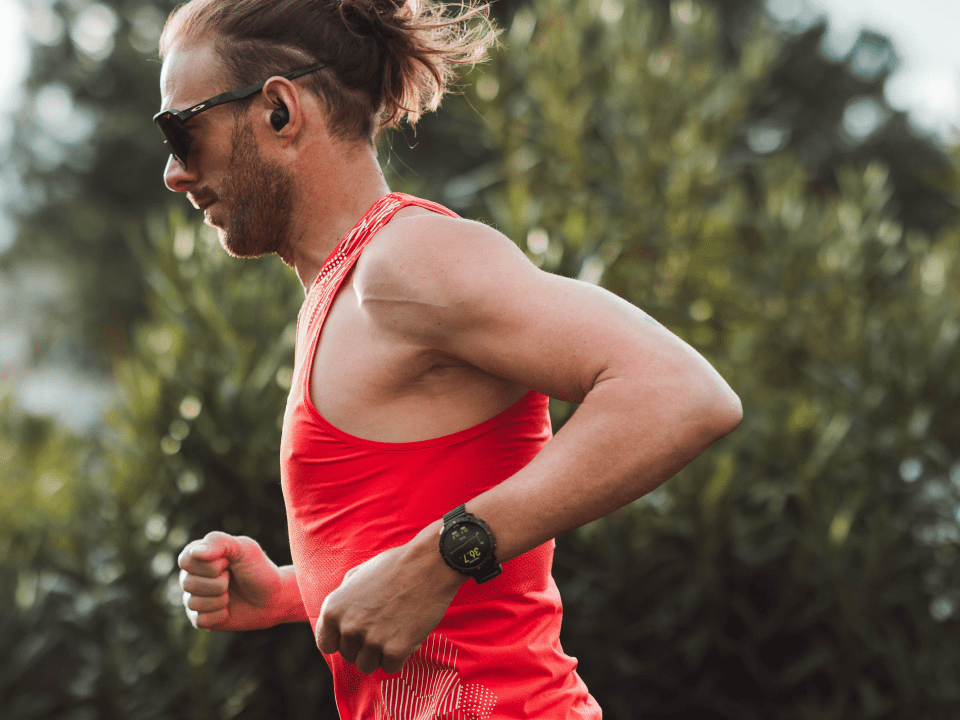
Effects of body temperature on heart rate
As mentioned above, your body works like a smart thermostat, constantly trying to maintain a relaxed and comfy internal temperature. So, how does getting hot (or cold) affect your heart rate, and how can it be a helpful clue for a safe workout?
Working out when it’s warm
When you exercise, or it’s hot out, your thermostat gets a workout. One way it keeps you cool is by sending more blood flow towards your skin. This change helps release heat through sweat, a process that keeps you feeling refreshed. Yes, all that perspiration is designed to help you cool down.
But here’s the thing: more blood flowing around means your heart has to pump a little harder to keep things moving. That’s why your heart rate naturally increases during exercise or in warm weather. It’s like your body’s internal playlist becomes a little faster to keep up with the heat.
Now, this faster heart rate is usually nothing to worry about. But, if you notice your heart pounding way more than usual, especially when you’re not pushing yourself too hard, it can be an early warning sign of overheating. So, pay attention to your heart rate in the heat – it can be a helpful clue to keep your workouts safe and enjoyable.
Keeping calm in cool conditions
On the flip side, cooler temperatures have the opposite effect. When it’s chilly, your body goes into heat-saving mode. Blood vessels constrict, directing more blood flow to your core to warm your vital organs. This change means your heart doesn’t have to work as hard to circulate blood, so your heart rate naturally slows down. So, frosty temperatures are like your internal playlist, taking a chill tempo to conserve energy.
While a slower heart rate in cool weather is a good sign, there’s an interesting twist. Research suggests that endurance capacity can also decrease in chilly conditions. Studies, like this recent one from Brock University involving cyclists, found that cold temperatures can make it harder to maintain peak performance for extended periods.
Hear what your heart rate says
So, the takeaway? Your heart rate offers valuable clues about how your body is handling temperature extremes. In hot weather, a faster heart rate can be an early warning of overheating, while a slower rate in the cold might indicate your body is prioritizing warmth over peak performance. By understanding these signals, you can adjust your workout intensity accordingly, ensuring a safe and enjoyable experience, no matter the weather.
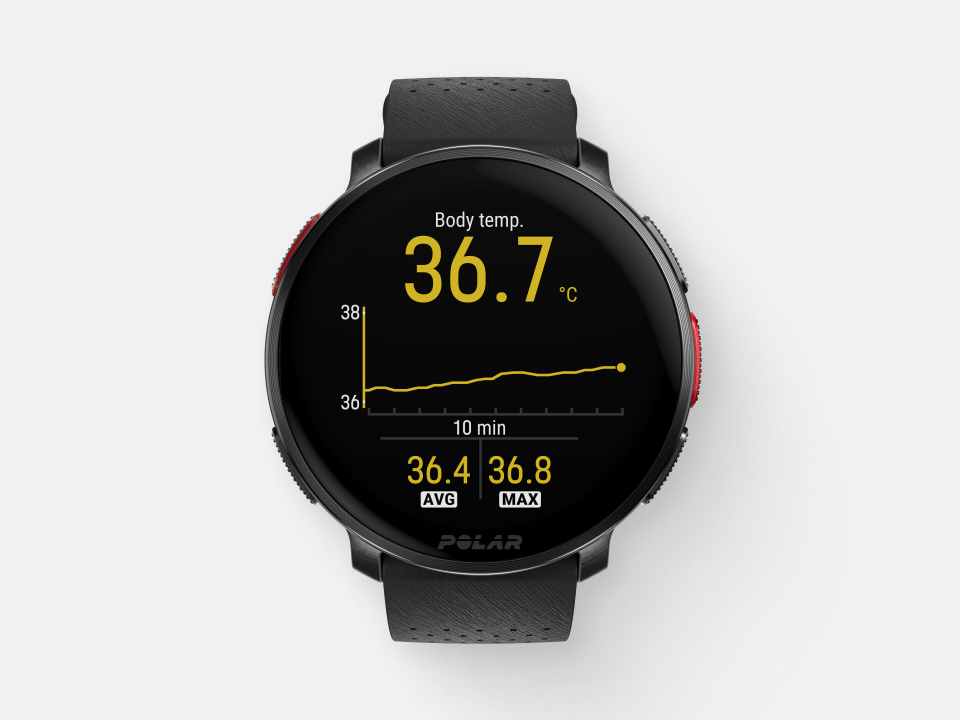
Body temperature vs. skin temperature
Have you ever experienced frosty fingers and toes even though you’re sweating from a run? That’s because, unlike a furnace with a single temperature gauge, your body has two key temperature zones: core and skin. Understanding the difference between these zones is crucial, especially when it comes to exercise and overheating.
Core Temperature: Your Inner Thermostat
Imagine your core temperature as the body’s engine control center. This vital internal temperature (as we mentioned, typically around 98.6°F (37°C)) needs to stay remarkably stable for optimal organ function and overall health. Your body works tirelessly to maintain this core temperature, employing complex mechanisms like sweating and shivering.
Skin Temperature: Your First Line of Defense
Skin temperature, on the other hand, is much more dynamic. It acts as the body’s first line of defense against external temperature changes. Unlike the core, skin temperature can fluctuate significantly, ranging from cooler on your extremities to warmer for active muscles. Factors like environment, clothing, and activity level heavily influence it.
How Skin Temperature Affects Core Temperature
Here’s where things get interesting. Skin temperature plays a crucial role in regulating core temperature. Blood vessels near the skin surface dilate when we exercise or are in a hot environment. This response increases blood flow to the skin, allowing heat to escape through sweating. Conversely, blood vessels constrict in cold environments, directing blood flow away from the skin’s surface and minimizing heat loss.
Why the Difference Matters
While skin temperature can be a helpful indicator if you’re unwell, it’s not the same as measuring your core temperature. For instance, during exercise, your skin temperature might feel cool due to increased blood flow, even though your core temperature might be rising. That’s why monitoring your heart rate can be a more accurate early sign of overheating.
Polar X SeNNHEISER MOMENTUM SPORT
The new Sennheiser MOMENTUM Sport earbuds paired with Polar Grit X2 Pro or Polar Vantage V3 allow you to see your body temperature in real-time during workouts. This way, you can better understand if you need to relax and reduce the intensity of your workout before overheating.
In addition to body temperature readying, Sennheiser MOMENTUM Sport earbuds, powered by Polar, bring amazing Sennheiser sound to your workouts, adaptive active noise cancellation, plus in-ear heart rate tracking.
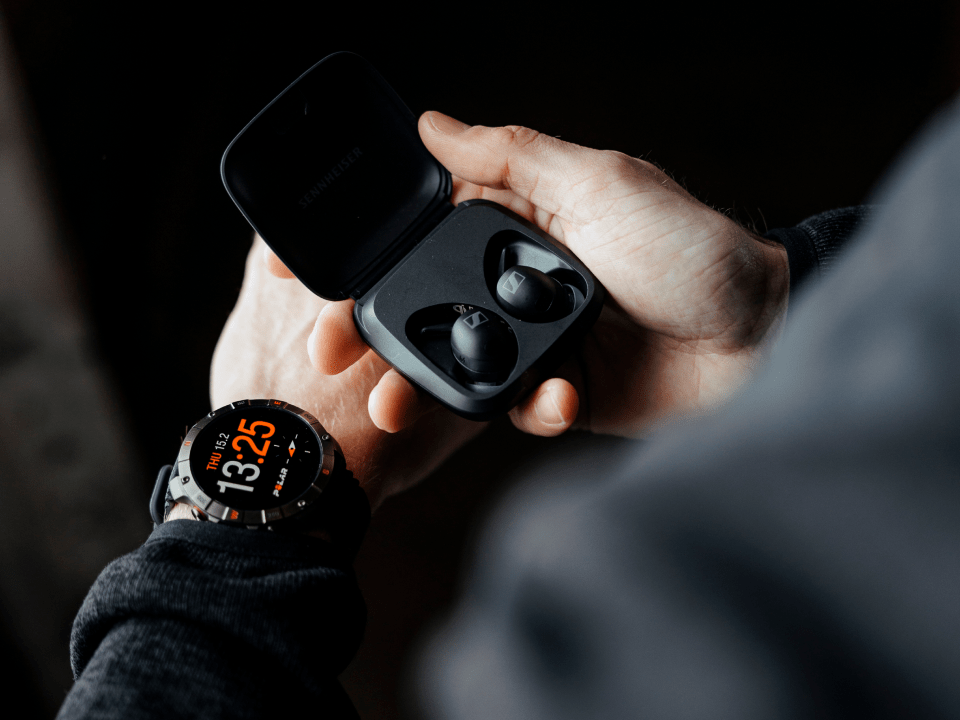
Maintaining body temperature during exercise
Imagine crisp fall air nipping at your cheeks as you pedal, a layer of frost clinging to your helmet. Your Polar sports watch buzzes on your wrist – heart rate steady, but power output lower than usual. The colder months demand more effort to maintain warmth, sacrificing some speed.
Come summer, the story flipped. The sun beat down, sweat dripping into your eyes. Your watch displays a soaring heart rate, even on moderate rides. Hotter temperatures mean pushing less for the same results.
But you don’t want to overdo it in the heat. With the rising temperatures, maintaining a comfortable body temperature can become a challenge.
So what can you do? Here are some tips to help you stay cool and avoid overheating during your workout:
- Know Your Environment: Before heading out, check the forecast. If it’s a scorcher, consider exercising indoors in air-conditioned comfort. Or opt for an earlier or later workout when the temperature dips. Humidity can also mess with you, so be mindful of that.
- Dress for Success: Ditch the heavy fabrics. Loose, breathable clothing like cotton evaporates sweat more effectively, helping your body cool naturally. Consider wearing a hat and sunglasses for additional sun protection.
- Hydration is Key: This one can’t be stressed enough. Drink plenty of water before, during, and after your workout. Aim for small sips frequently rather than chugging a large volume at once. During long workouts, consider sports drinks that can help replenish electrolytes lost through sweat.
- Listen to Your Heart: Your heart rate is a valuable indicator of how your body is handling the heat. It naturally increases during exercise, but if you notice it pounding way more than usual, especially when you’re not pushing yourself too hard, it could be an early sign of overheating. Slow down, take breaks, and cool off if needed.
- Adjust Your Intensity: Don’t be afraid to dial back the intensity of your workout, especially in hot weather. Opt for lower-impact activities like swimming or brisk walking instead of high-intensity interval training (HIIT). Remember, a safe and effective workout is better than pushing yourself to the point of overheating.
- Take Advantage of the Elements: If possible, exercise in shaded areas or near bodies of water for a natural cooling effect. You can also try cooling down with a damp towel periodically throughout your workout.
- Listen to Your Body: This is the golden rule. Pay attention to your body’s signals. If you experience dizziness, muscle cramps, nausea, or excessive fatigue, these could be signs of overheating. Stop your workout immediately, find a cool place to rest, and rehydrate. If symptoms persist, seek medical attention.
Keeping It Cool: The Key to Safe and Enjoyable Exercise
By understanding how exercise affects body temperature and following these tips, you can transform your workouts from a potential battle against the heat into a safe and enjoyable experience. From dialing down the intensity to strategically using cooling elements, you have the power to keep your body happy and functioning optimally.
So, next time you step out for a workout, remember:
- Stay hydrated.
- Dress smartly.
- Listen to your body’s signals.
- Don’t be afraid to adjust your routine based on the environment.
By following these simple steps, you can ensure your workouts are safe and enjoyable, leaving you feeling energized, not overheated. After all, exercise should be a celebration of your body’s capabilities, not a battle against the elements. So, stay cool, have fun, and keep moving!
If you liked this post, don’t forget to share so that others can find it, too.
Or give it a thumbs up!
I like this article
Please note that the information provided in the Polar Blog articles cannot replace individual advice from health professionals. Please consult your physician before starting a new fitness program.

